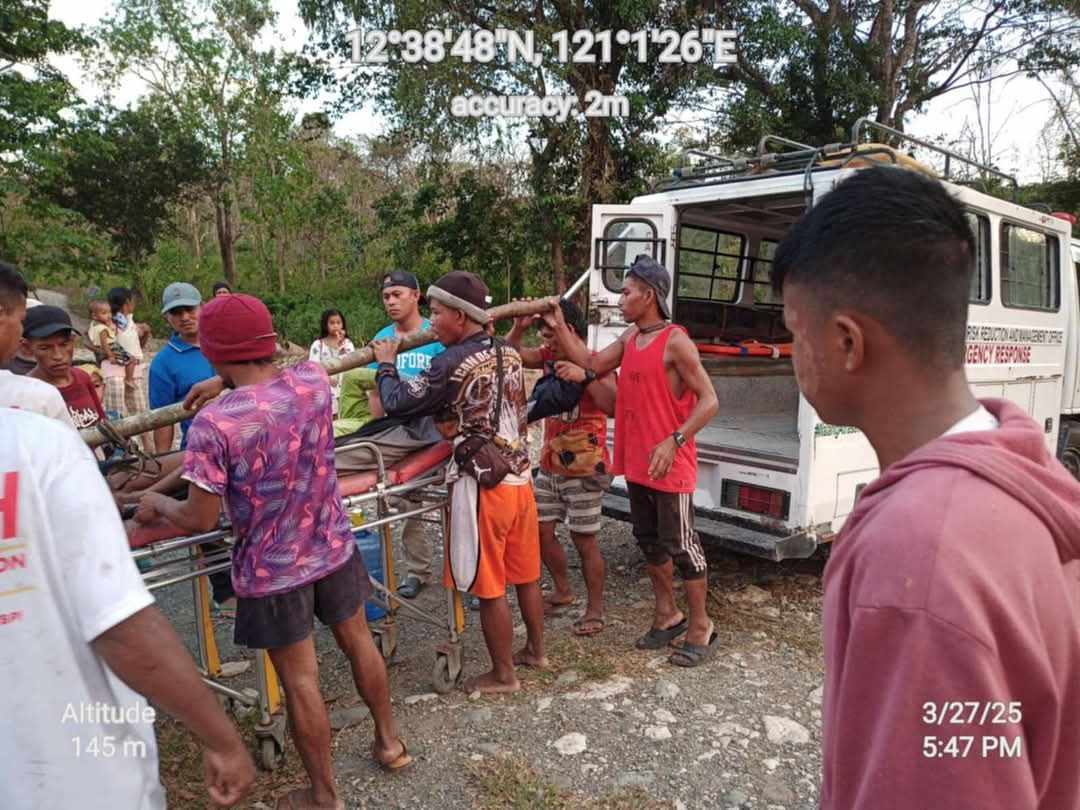A member of the indigenous Tau-Buid tribe has received support from environmental officials after being injured in an encounter with a tamaraw, one of the world’s most endangered bovine species.
Department of Environment and Natural Resources (DENR) MIMAROPA Regional Executive Director Felix Mirasol Jr. and Provincial Environment and Natural Resources Officer Ernesto Tanada visited 21-year-old Ezekiel Samson Batitia at his home in Calintaan, Occidental Mindoro on last Friday to provide financial assistance.
Batitia, who works as a Park Attendant at the Mts. Iglit-Baco Natural Park (MIBNP), was injured on March 26, 2025 during the Annual Tamaraw Population Count.
The incident occurred when Batitia was fetching water from a creek near the Malibayong Vantage Point, unaware of a tamaraw in the vicinity.
The animal, responding to what it perceived as a threat, charged and struck him multiple times with its horns.
Realizing he could not outrun the animal, Batitia jumped into a shallow ravine, falling chest-first.
He sustained deep wounds to his legs and upper torso but avoided fractures or internal injuries.
Fellow team members rescued Batitia, trekking approximately five hours from the mountain to reach the national road where emergency transport was waiting.
The tamaraw (Bubalus mindorensis) is a critically endangered species found only on Mindoro Island.
With fewer than 500 individuals remaining in the wild, it is one of the most threatened large mammals in the Philippines.
Unlike the larger carabao (water buffalo), tamaraws are smaller with distinctive V-shaped horns and a more solitary nature. They inhabit the mountainous interior of Mindoro, an area that has faced habitat loss over the past century.
Conservation efforts led by the Tamaraw Conservation Program (TCP) include the annual population count, which provides crucial data on the species’ numbers and habitat condition. This information guides science-based initiatives to protect the remaining population.
Indigenous communities like the Tau-Buid play a vital role in these conservation efforts, serving as park staff and contributing traditional knowledge about the species and its habitat.
Photo: courtesy of DENR Mimaropa









Write Your Comment